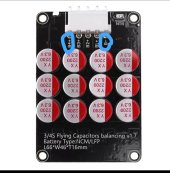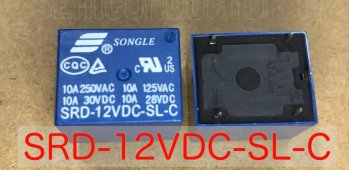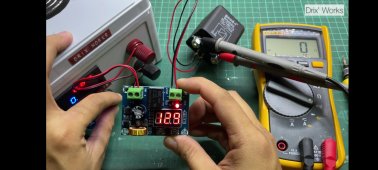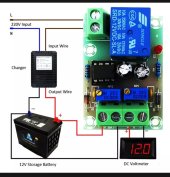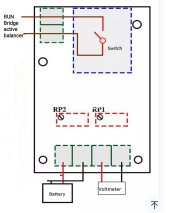That's the one I plan to order

 a.aliexpress.com
a.aliexpress.com

0.95US $ 10% OFF|12V battery undervoltage management module voltage undervoltage automatic restore battery load power off protection switch|Integrated Circuits| - AliExpress
Smarter Shopping, Better Living! Aliexpress.com



